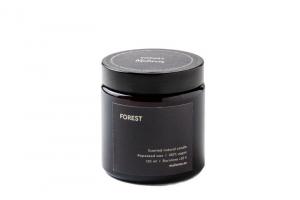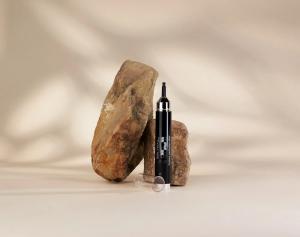Garcinia cambogia (Garcinia cambogia)
Other names: Malabar tamarind, Malabar tamarind, Vriksha amla, Goraka
Harm score: 1 (Natural substances)
Garcinia cambogia is the name given to the fruit, which grows on a tree up to 30 metres tall and is native to Southeast Asia and West and Central Africa. Other names for this fruit are Malabar tamarind, Malabar tamarind, Vriksha amla and Goraka. The main plant substance contained in the fruit is hydroxycitric acid (HCA), which is attributed with a number of beneficial effects on human health, including effects on fat metabolism.
The main use of the Cambodian garcinia cambogia is in the manufacture of dietary supplements. Indeed, due to the presence of hydroxycitric acid, it is considered a potential weight loss agent. The acid is said to have the ability to slow down the process of converting sugars into fats in the body while increasing serotonin levels, which can lead to a reduction in sweet cravings. In addition to dietary supplements, garcinia cambogia is also used in gastronomy. Its fruits have a sour taste and are popular in Asian cuisine, where they are used, for example, as a condiment in traditional dishes or in sauces. They are also used to make various drinks, such as juices. Although this fruit is mainly used for its health benefits and tastes better when processed, some cultures also consume it in its raw form.
You won't find this substance in our products. Try the natural, chemical-free products in our range.

Scented candle in glass - forest (120 ml) - up to 20 hours burning
Product detail
Eye and Lip Contour Firming Cream/Contour Perfection Elixir 15 ml
Product detail
Shower hose with water saver - with flow control
Product detail